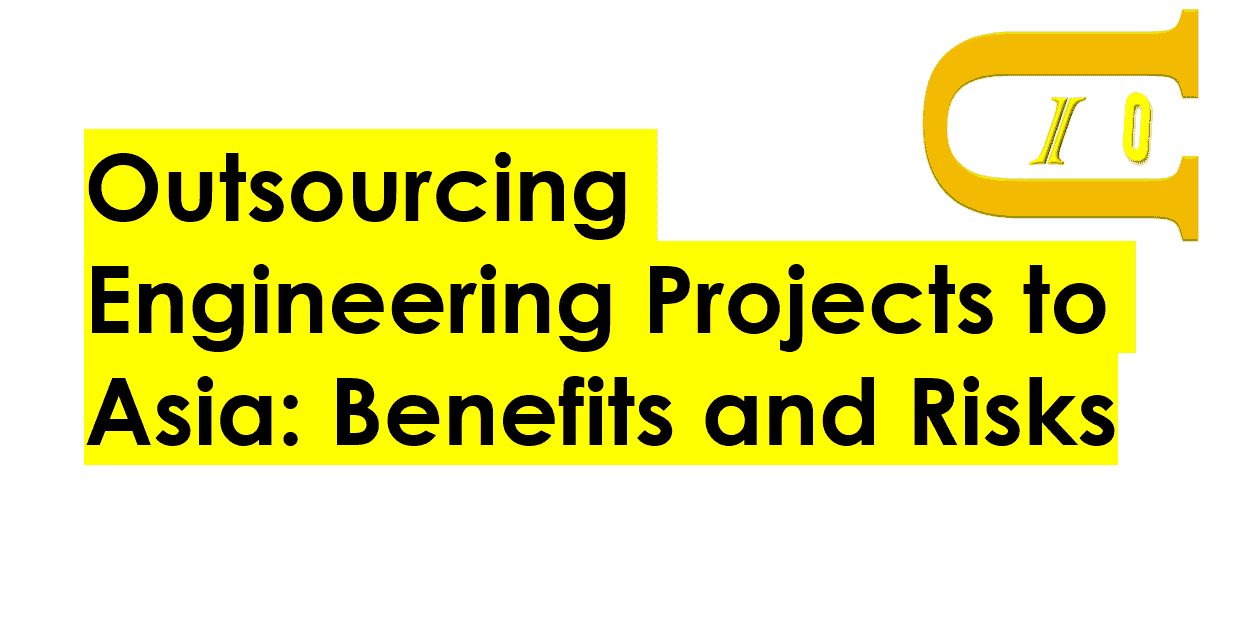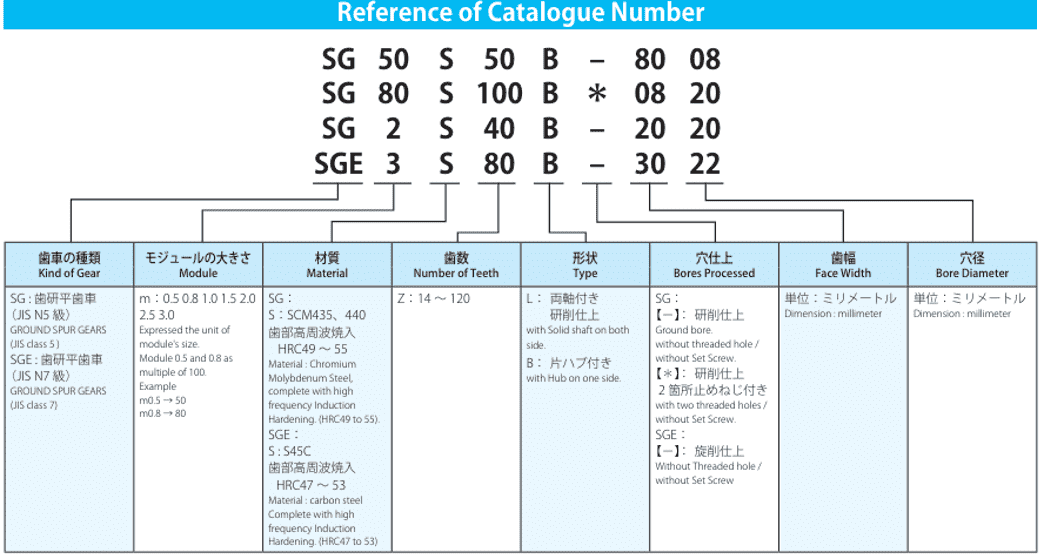Outsourcing Engineering Projects to Asia- Benefits and Risks

Outsourcing Engineering Projects to Asia: Benefits and Risks
In recent years, outsourcing engineering projects to Asia has become a strategic move for many companies across the globe. The decision to outsource engineering functions is driven by the potential for cost savings, access to specialized expertise, and the ability to focus on core business areas. However, as with any business decision, there are both benefits and risks to consider when outsourcing engineering services to Asia.
Table of Contents
- Introduction
- What is Engineering Outsourcing to Asia?
- The Benefits of Outsourcing Engineering Projects to Asia
- The Risks of Outsourcing Engineering Projects to Asia
- Mitigating the Risks
- Conclusion
What is Engineering Outsourcing to Asia?
Engineering outsourcing to Asia refers to the practice of contracting engineering tasks, such as design, development, analysis, and testing, to firms or professionals located in Asian countries. Asia, particularly India, China, and Southeast Asia, has become a hub for engineering outsourcing due to its strong educational systems, skilled workforce, and competitive costs.
Companies in various industries, including manufacturing, automotive, software, electronics, and telecommunications, turn to engineering outsourcing in Asia to fulfill their project needs efficiently and cost-effectively. This approach has allowed businesses to remain competitive in a rapidly changing global market.
The Benefits of Outsourcing Engineering Projects to Asia
1. Cost Savings
One of the most significant advantages of outsourcing engineering projects to Asia is the cost savings. The cost of labor in many Asian countries is considerably lower than in Western countries, which allows companies to reduce operational expenses. The ability to hire skilled engineers at a fraction of the cost of hiring domestically can significantly lower project budgets while maintaining high-quality standards.
2. Access to a Skilled Workforce
Asia boasts a large pool of highly qualified engineers, many of whom have received education and training from prestigious universities. Countries like India and China produce thousands of engineering graduates each year, many of whom are proficient in the latest technologies and methodologies. By outsourcing engineering projects to Asia, companies can tap into this talent pool, ensuring that they have access to top-notch professionals with specialized skills.
3. Faster Time-to-Market
Outsourcing engineering to Asia can significantly shorten the time it takes to develop and bring a product to market. The time zone advantage allows for round-the-clock work, meaning that while a company’s home office sleeps, its Asian outsourcing partner can continue working on the project. This "follow-the-sun" model can accelerate project timelines, ensuring quicker development and a faster time-to-market.
4. Scalability and Flexibility
When outsourcing engineering functions, companies have the flexibility to scale their teams up or down based on project needs. This scalability is particularly beneficial for businesses with fluctuating workloads or short-term engineering requirements. Asian outsourcing partners are often highly adaptable, making it easier to manage resources without the need for long-term commitments or hiring additional full-time employees.
5. Focus on Core Competencies
By outsourcing engineering tasks to Asia, businesses can focus on their core competencies and strategic objectives. Engineering outsourcing allows companies to offload complex technical tasks to experienced teams, freeing up internal resources for other critical activities, such as sales, marketing, and customer service. This enables companies to improve overall productivity and focus on growth and innovation.
The Risks of Outsourcing Engineering Projects to Asia
1. Communication Barriers
One of the primary challenges of outsourcing engineering to Asia is the potential for communication issues. Differences in language, cultural nuances, and time zone discrepancies can lead to misunderstandings and delays. It’s essential for businesses to establish clear communication channels and ensure that both teams are on the same page regarding project goals, timelines, and expectations.
To mitigate communication barriers, companies can invest in project management tools, video conferencing, and regular updates. Hiring a local liaison or project manager who understands both the local culture and the company’s needs can also help smooth over potential misunderstandings.
2. Quality Control Concerns
While many Asian countries have a reputation for providing high-quality engineering services, maintaining consistent quality control can be challenging. Ensuring that the outsourced team follows the same quality standards as the in-house team requires rigorous oversight and regular communication.
Companies need to implement clear guidelines, conduct frequent reviews, and possibly perform on-site inspections to ensure that the outsourced team meets their expectations. The risk of quality issues can be minimized by choosing reputable outsourcing partners with a proven track record in the engineering sector.
3. Intellectual Property (IP) Protection
Protecting intellectual property (IP) is a significant concern when outsourcing engineering projects to Asia. In some countries, IP laws may not be as robust or strictly enforced as in the West, increasing the risk of unauthorized use, theft, or leakage of sensitive information.
To protect IP, businesses should work with reputable outsourcing partners who have established procedures for safeguarding proprietary data. It’s also advisable to have strong legal contracts in place that outline clear terms regarding IP ownership and confidentiality.
4. Cultural Differences
Cultural differences between Western companies and their Asian outsourcing partners can sometimes cause challenges. These differences can affect work ethic, decision-making processes, and expectations. In some Asian cultures, there is a strong emphasis on hierarchy, which might impact how decisions are made within an outsourced team.
It’s crucial to invest time in understanding the cultural dynamics of the outsourcing partner’s country and adapt communication and management styles accordingly. Building a strong working relationship based on mutual respect can help overcome cultural barriers and ensure smooth project execution.
5. Political and Economic Instability
Political and economic instability in certain Asian countries can pose risks to outsourcing arrangements. Fluctuations in currency exchange rates, government regulations, and changes in local policies can all affect the cost-effectiveness and feasibility of outsourcing engineering projects. Businesses should assess the political and economic environment in the outsourcing destination before entering into a partnership.
Mitigating the Risks
To make outsourcing engineering projects to Asia successful, businesses should conduct thorough due diligence when selecting outsourcing partners. Choosing a partner with a strong reputation, robust communication processes, and a commitment to quality is crucial. Furthermore, businesses should establish clear contracts, set realistic expectations, and maintain open lines of communication throughout the project lifecycle.
Conclusion
Outsourcing engineering projects to Asia offers significant advantages, including cost savings, access to a skilled workforce, and faster time-to-market. However, companies must also be mindful of the risks, such as communication barriers, quality control concerns, and IP protection issues. By understanding these risks and implementing strategies to mitigate them, businesses can maximize the benefits of engineering outsourcing in Asia, ultimately driving growth and success in a competitive global marketplace.
Related Products
Here are some relevant statistics and facts that can enhance your article about outsourcing engineering projects to Asia:
1. Growth of the Outsourcing Market
- The global outsourcing market is expected to grow from $92.5 billion in 2021 to $405.6 billion by 2027, with Asia being a key player in this growth, particularly in industries like engineering, IT, and software development. (Source: Grand View Research)
2. Cost Savings
- Companies can save up to 60-70% on labor costs by outsourcing engineering functions to countries like India, China, and the Philippines compared to hiring domestically in the U.S. or Europe. (Source: Deloitte’s Global Outsourcing Survey)
3. Skilled Workforce in Asia
- India alone produces more than 1.5 million engineering graduates annually, making it one of the largest suppliers of skilled engineering talent globally. (Source: The Economic Times)
4. Time Zone Advantage
- The "follow-the-sun" model is effective in reducing development time. For example, a company in the U.S. can hand off tasks to an Asian engineering team at the end of the workday, and the team can continue work overnight, allowing for 24-hour development cycles. This can reduce product development time by up to 40-50%. (Source: Accenture)
5. Risks of Communication Barriers
- A study by the Project Management Institute (PMI) showed that 56% of projects fail due to communication issues. With outsourcing to Asia, these barriers often stem from cultural differences and language challenges, which need careful management.
6. Intellectual Property Protection
- According to the U.S. Chamber of Commerce, companies lose over $600 billion annually due to intellectual property theft, much of it linked to countries with weaker IP laws. This highlights the importance of choosing outsourcing partners with strong IP protection policies.
7. Market Share in Engineering Outsourcing
- India dominates the global outsourcing market for engineering services, accounting for nearly 40% of the total market share. (Source: NASSCOM, National Association of Software and Service Companies)
8. Outsourcing Trends
- According to Deloitte’s 2020 Global Outsourcing Survey, 59% of companies outsource to reduce costs, while 57% seek specialized skills not available internally. This emphasizes the dual advantage of cost efficiency and access to expertise, which drives outsourcing in engineering projects to Asia.





